Find Any Kiosk Machine You Need And Contact Lean Kiosk Now
All Products
Select Any Product
- Request A Quote Now

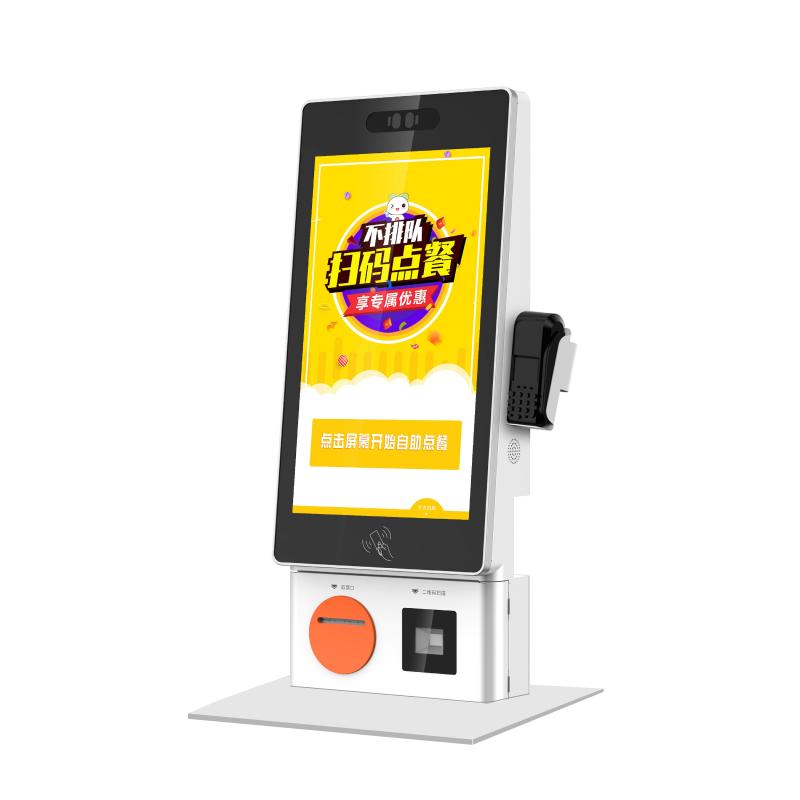
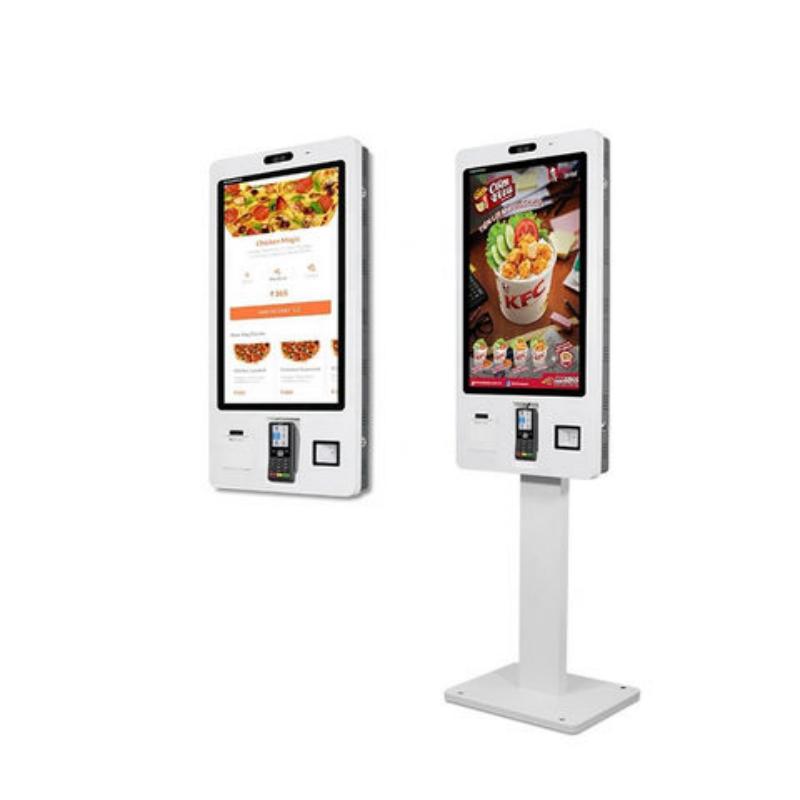

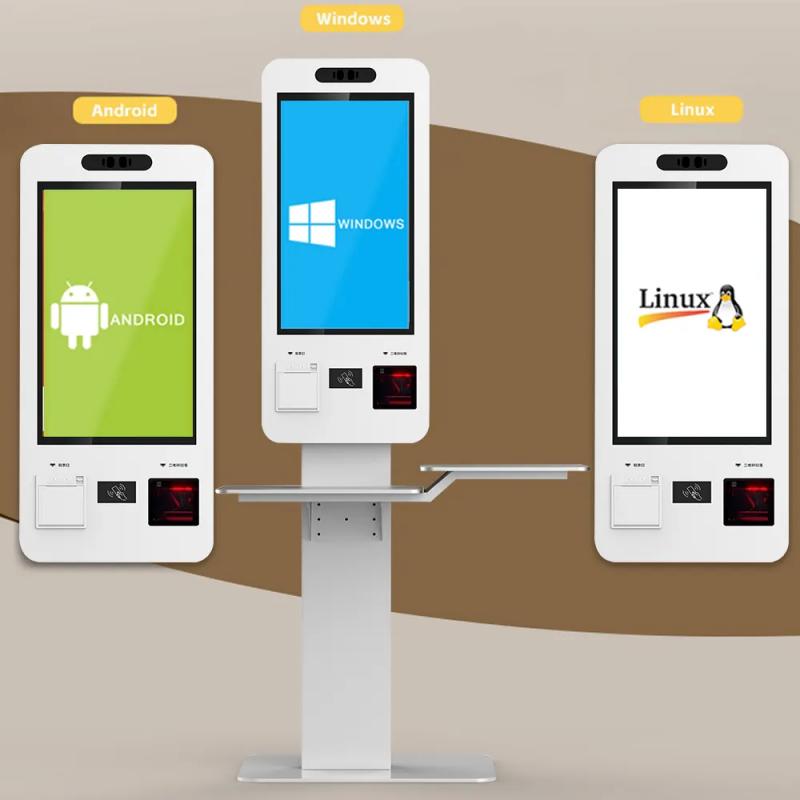
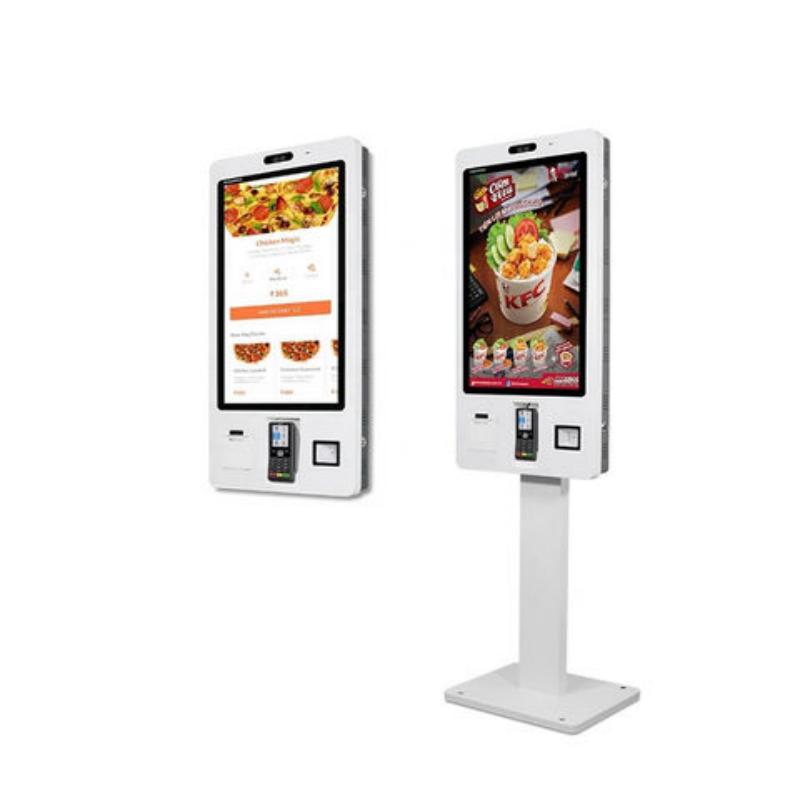
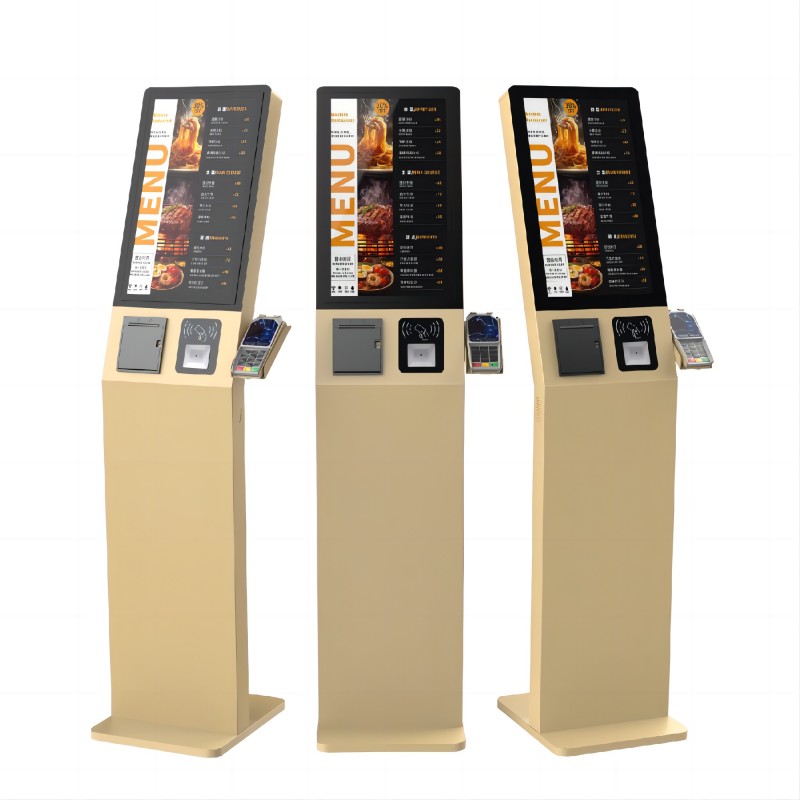
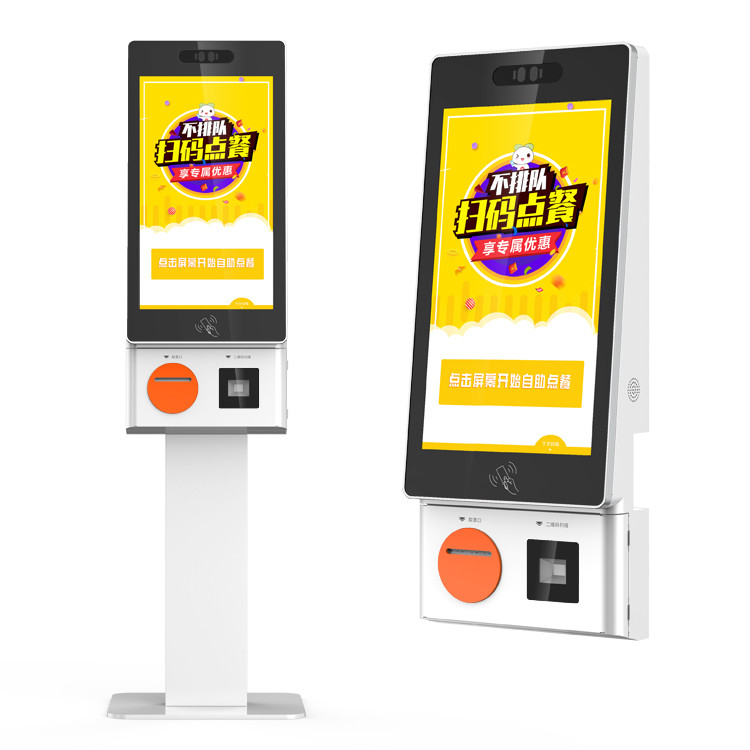
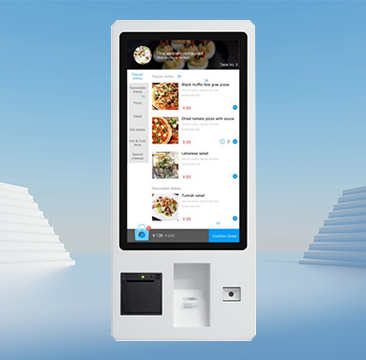
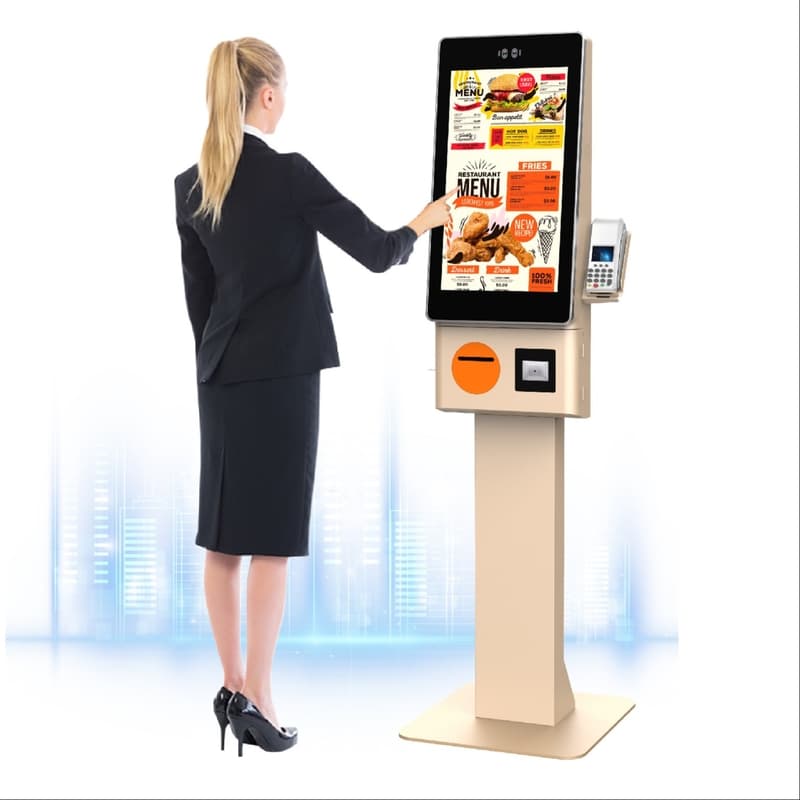
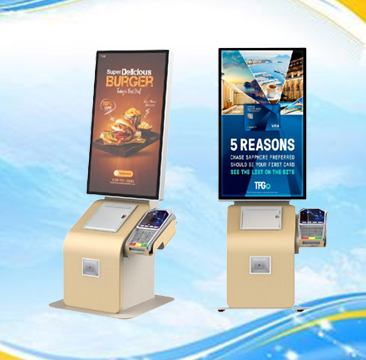
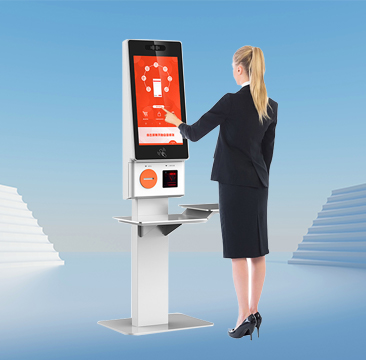
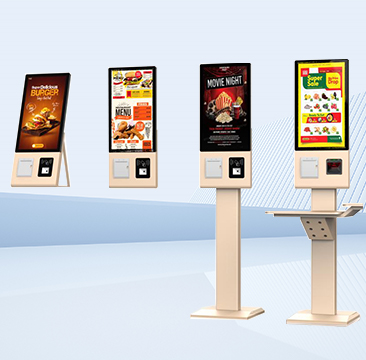

What did our happy clients say?
Our kiosk self-ordering system has transformed our business. It's fast, reliable, and our customers love it. A huge thank you to the team for their excellent service—highly recommend!
We couldn’t be happier with our kiosk! It’s user-friendly and has significantly reduced wait times. The support we received was outstanding. Strongly recommend this product to any business!
The kiosk self-ordering system exceeded our expectations. It’s boosted our sales and made operations smoother. Thanks to the team for their top-notch service—highly recommended!
Fantastic product! The kiosk has streamlined our ordering process and customers are thrilled with the convenience. We’re extremely satisfied—highly recommend to anyone considering a self-ordering solution!